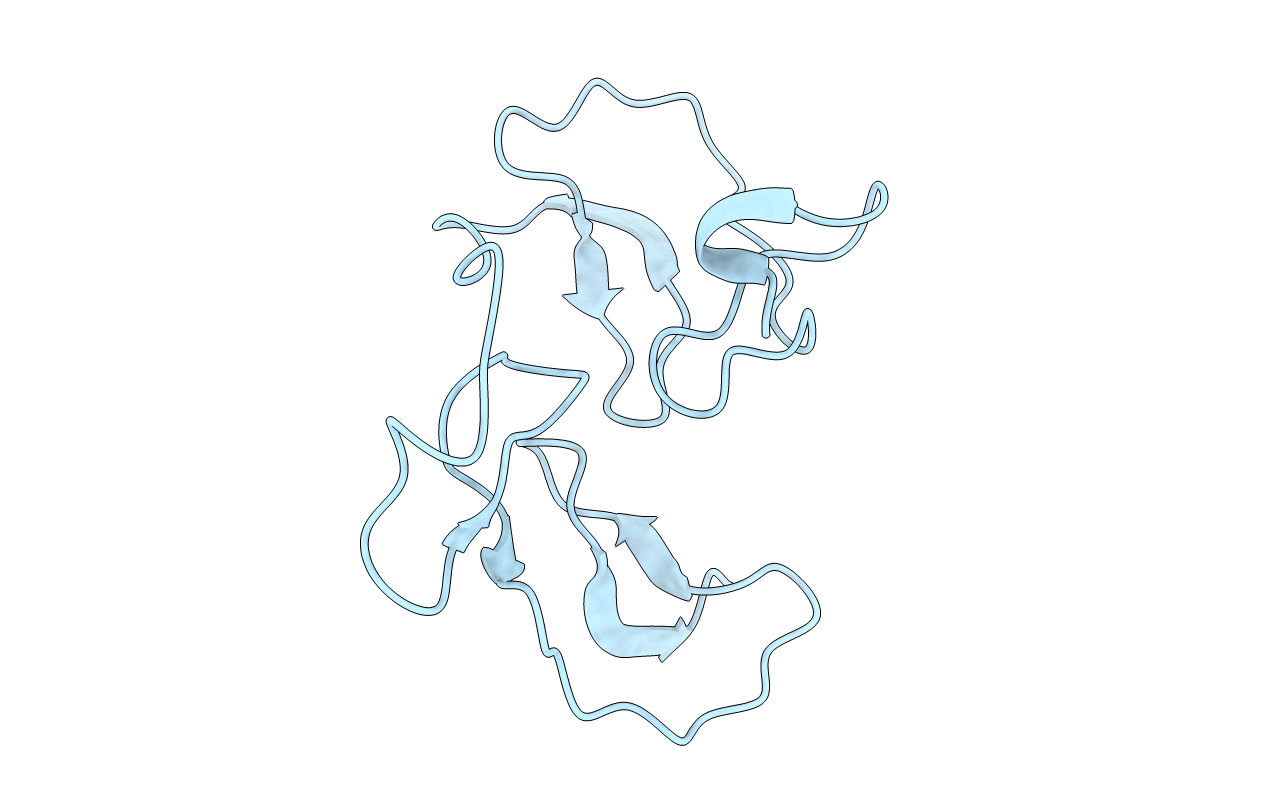
Deposition Date
1997-04-16
Release Date
1997-10-22
Last Version Date
2024-11-20
Entry Detail
Biological Source:
Source Organism:
Haementeria officinalis (Taxon ID: 6410)
Host Organism:
Method Details:
Experimental Method:
Resolution:
1.90 Å
R-Value Work:
0.21
R-Value Observed:
0.21
Space Group:
I 4 2 2


